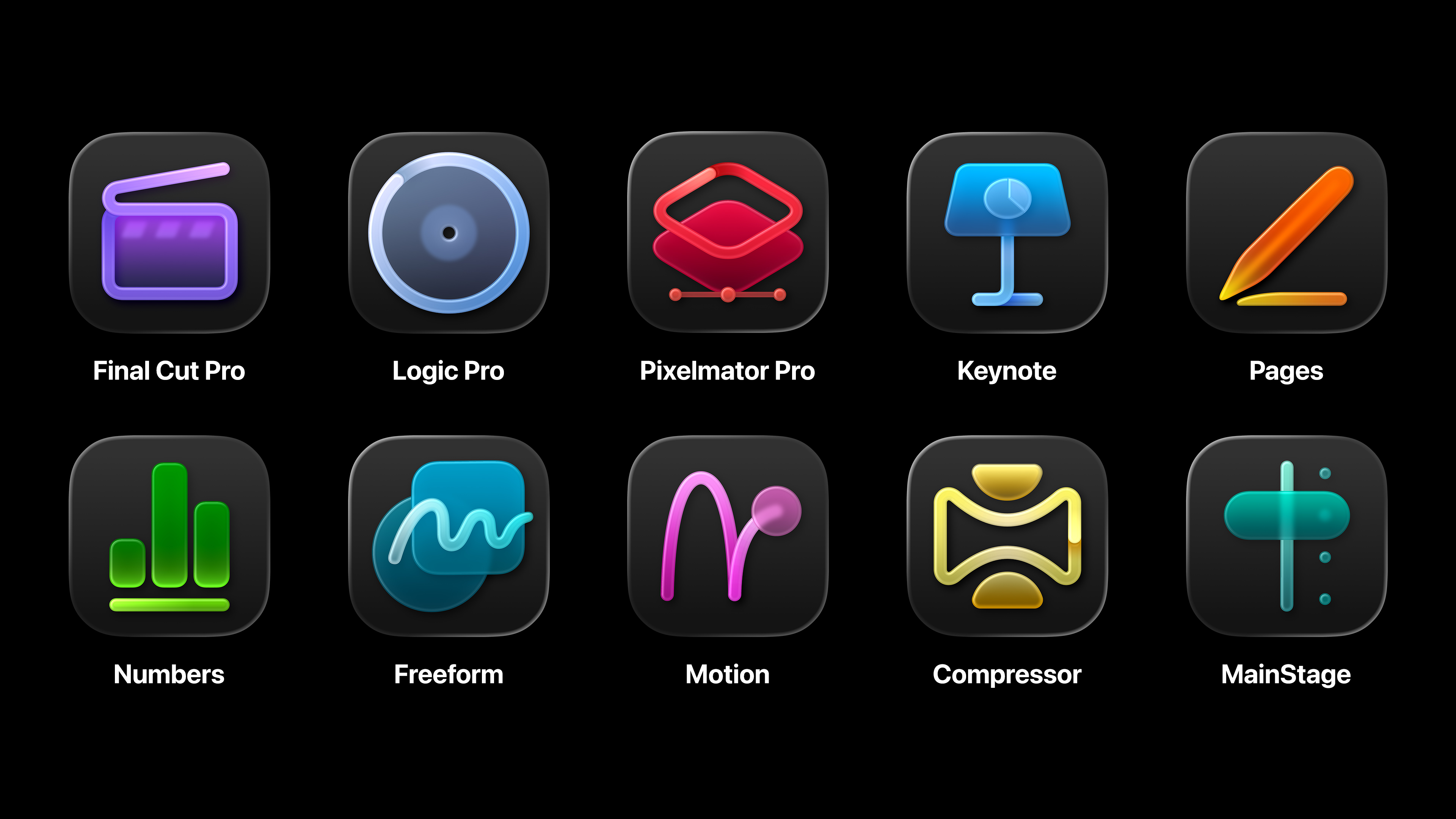Eva-Lotta Lamm on the value of sketching
Interaction designer, illustrator and artist Eva Lotta-Lamm tells Martin Cooper about how she uses sketching both as a tool for communication and for personal pleasure
This article first appeared in issue 237 of .net magazine – the world's best-selling magazine for web designers and developers.
.net: What are you working on now?
EL: I am working as an interaction designer for Google. [Beyond that], the personal projects I have going on are mostly in the analogue world – a nice counterbalance to what is occupying my mind during the day. I recently created a series of illustrations for Sara Wachter-Boettcher’s book Content Everywhere, due out soon.
I also got into hand-lettering in 2012. I’ve always loved drawing letters and I am doodling words and letters all the time, but never did anything with it properly. I’ve been practising quite a bit and I did a few small projects for myself and for clients. One of these projects is a batch of custom sketchbooks. I had run out of sketchbooks and I couldn’t find the format and finish that I wanted, so I decided to make my own. I designed two pieces of lettering – both based on quotes I like – and got them foil blocked on the front and back of some custom-bound books. ‘Sketching is thinking made visual’ is based on Saul Bass’ ‘Design is thinking made visual’ and ‘A line is a dot going for a walk’ is based on Paul Klee’s ‘Die Linie ist ein Punkt, der spazieren geht’.
.net: Web, interfaces, games, animation, illustration and print: what’s your natural calling?
EL: I spend most of my day doing interaction design, interface design, UX, whatever you want to call it. I don’t care that much about the title. I try to design things that work well and that help people getting something done that is important, useful or meaningful to them.
As a counterbalance to the digital work I do, I love creating things by hand. In my spare time, I practise sketching, illustration and lettering. The aspect of continued practice to improve your skills and master a craft is intriguing to me.
When you watch a master letterer work, you can see the years of practice in the quality and confidence of the lines and curves his hand produces. In a time where new trends and techniques come along every few weeks, it can be easy to forget (and hard to accept) that making good things does take time and practice. You don’t acquire a new skill just by reading a few blog posts or doing a couple of tutorials.
.net: So is sketching a tool in your day job, or a side project?
EL: Both. I use sketching almost every day in my work. I am a visual thinker and I actually have a hard time thinking through a problem (or explaining it to someone) without a pen in my hand to scribble down little diagrams, schematics or parts of a design solution. Otl Aicher once said: “The making influences the thinking” and I wholeheartedly agree. By sketching out possible solutions (or even better, prototyping them) your perspective on a problem changes and new possibilities become visible. Actually being able to see something also helps tremendously when working in a team, as sketches create a more concrete shared understanding than words alone.
.net: What’s the UX Sketch Club?
EL: UX Sketch Club was a series of meet-ups for people who wanted to practice sketching. We did all kinds of exercises around basic sketching skills, imagination and visual playfulness. The Sketch Club is currently dormant because I haven’t found enough time to run it regularly, but I am planning to organise a series of sketching workshops in London in the New Year.
.net: What are sketchnotes? You seem to produce them prolifically!
EL: Sketchnotes are a way of taking more memorable and engaging notes by combining words and images. They are usually done in real time, summarising, synthesising and visualising the content of a lecture or discussion as it happens.
To some extent I have been taking sketchnotes since I’ve been at school – I have always been doodling. I began exploring them properly as a form when I started attending conferences. I have a terrible memory and without taking notes, all the content just vanishes from my head in a few days. Sketchnotes have helped me to remember more of the talks and because they are fun and interesting to look at later, I actually go back to them often. I use my notes much more now than I did when I was just taking regular notes.
You can see a selection of Eva-Lotta’s sketchnotes here. They have also become a book.
Photo: Guilherme Zhlke O’Connor
See 10 amazing examples of experimental design at Creative Bloq.
Daily design news, reviews, how-tos and more, as picked by the editors.

The Creative Bloq team is made up of a group of art and design enthusiasts, and has changed and evolved since Creative Bloq began back in 2012. The current website team consists of eight full-time members of staff: Editor Georgia Coggan, Deputy Editor Rosie Hilder, Ecommerce Editor Beren Neale, Senior News Editor Daniel Piper, Editor, Digital Art and 3D Ian Dean, Tech Reviews Editor Erlingur Einarsson, Ecommerce Writer Beth Nicholls and Staff Writer Natalie Fear, as well as a roster of freelancers from around the world. The ImagineFX magazine team also pitch in, ensuring that content from leading digital art publication ImagineFX is represented on Creative Bloq.
